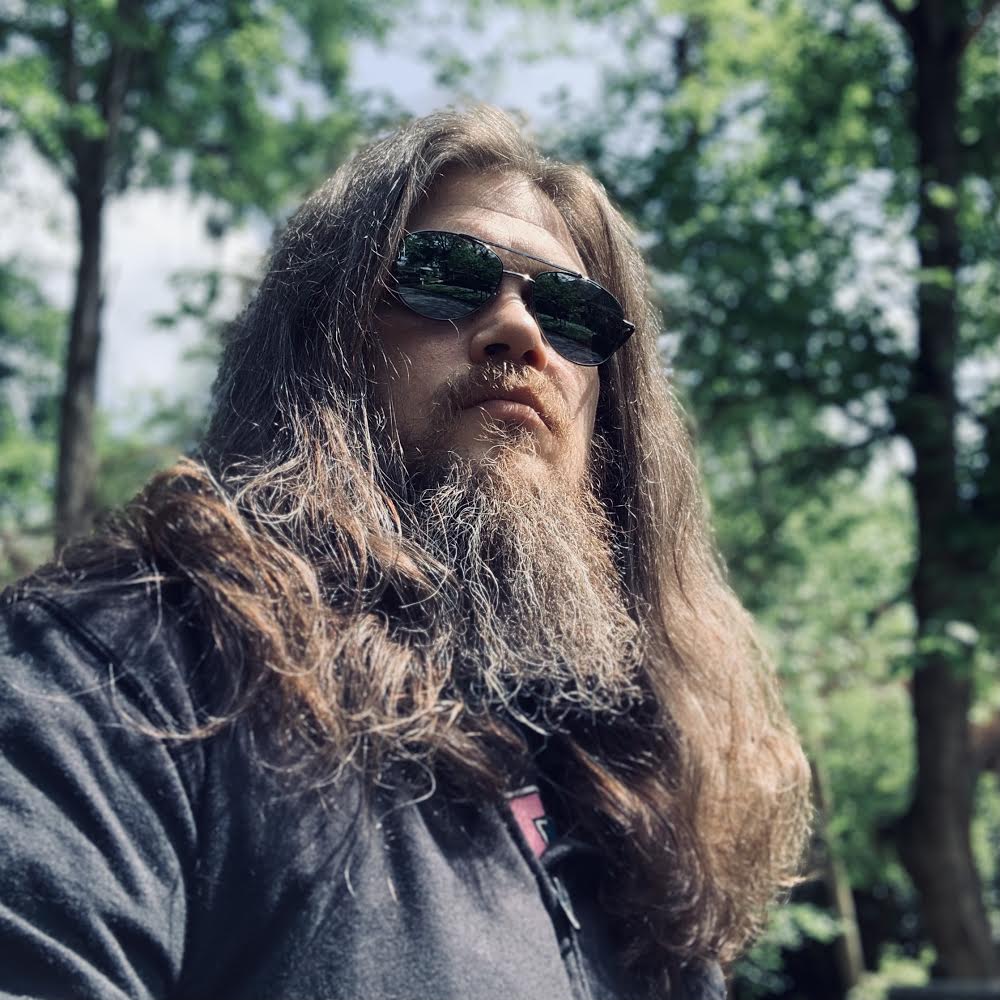How Immortal Hulk and X-Men have made superhero death matter again
By embracing death and rebirth as parts of superhero mythology, Immortal Hulk and X-Men have made death matter
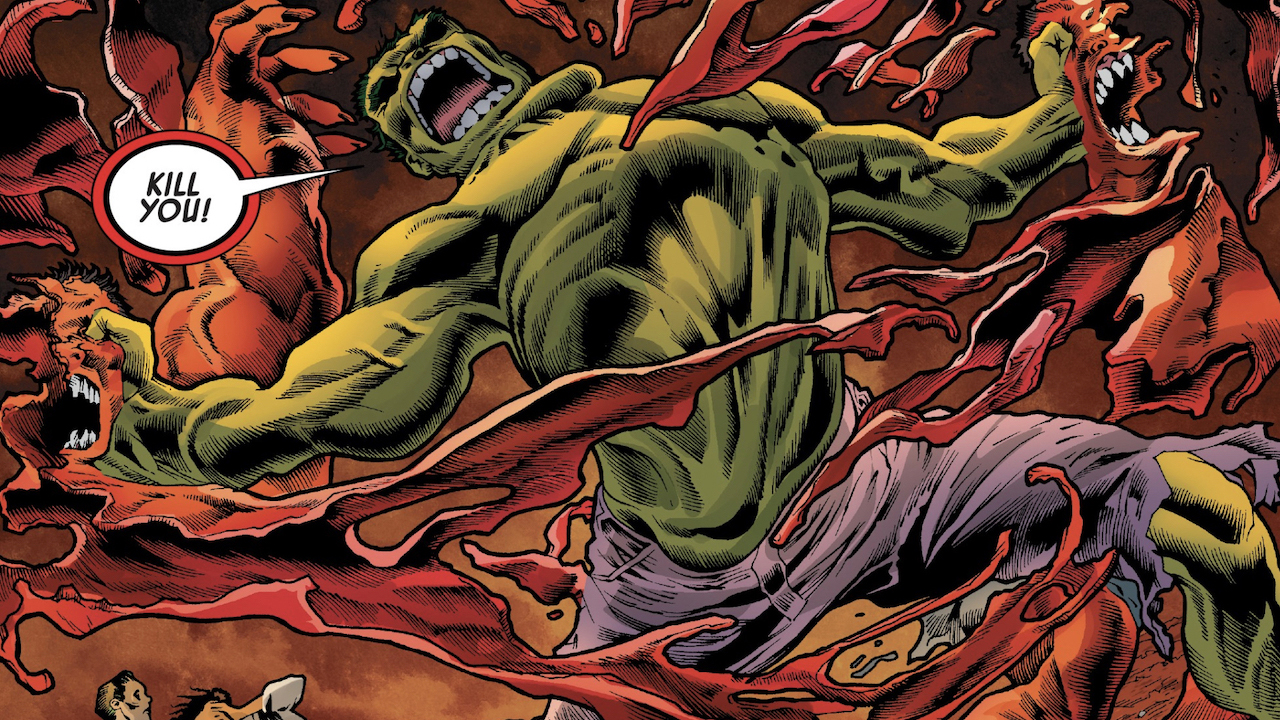
There's a perception in modern superhero comic books that death is meaningless. Since the '80s 'Dark Phoenix Saga,' when Jean Grey sacrificed herself to defeat the Phoenix Force only to return a few years later (true to the rebirth implied by her namesake), many comic book fans have opined that the barrier between life and death has only gotten thinner.
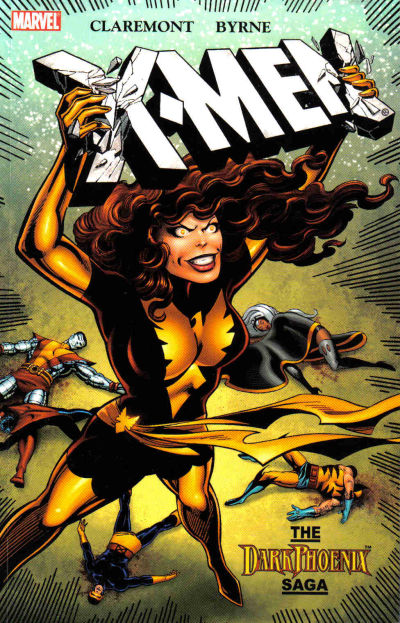
More cynical fans even point to 1992's 'Death and Return of Superman' – still one of the best selling comic collections of all time – as the start of an escalating cycle of marketing the death of a popular character as the hallmark of important stories, only to undercut the surprise of their return sometimes even before they've actually been killed on the page.
But two Marvel Comics titles are turning that dynamic on its head – and in doing so, they've found a way to make superhero death in comic books count again.
Both Al Ewing and Joe Bennett's Immortal Hulk and 'Head of X' Jonathan Hickman's current 'Dawn of X' X-Men line have embraced the idea of superhero resurrection not as a momentous occasion, but as an aspect of everyday life for some superhero characters, resulting in a new dynamic that plays up a more poetic interpretation of death and rebirth for superheroes and villains.
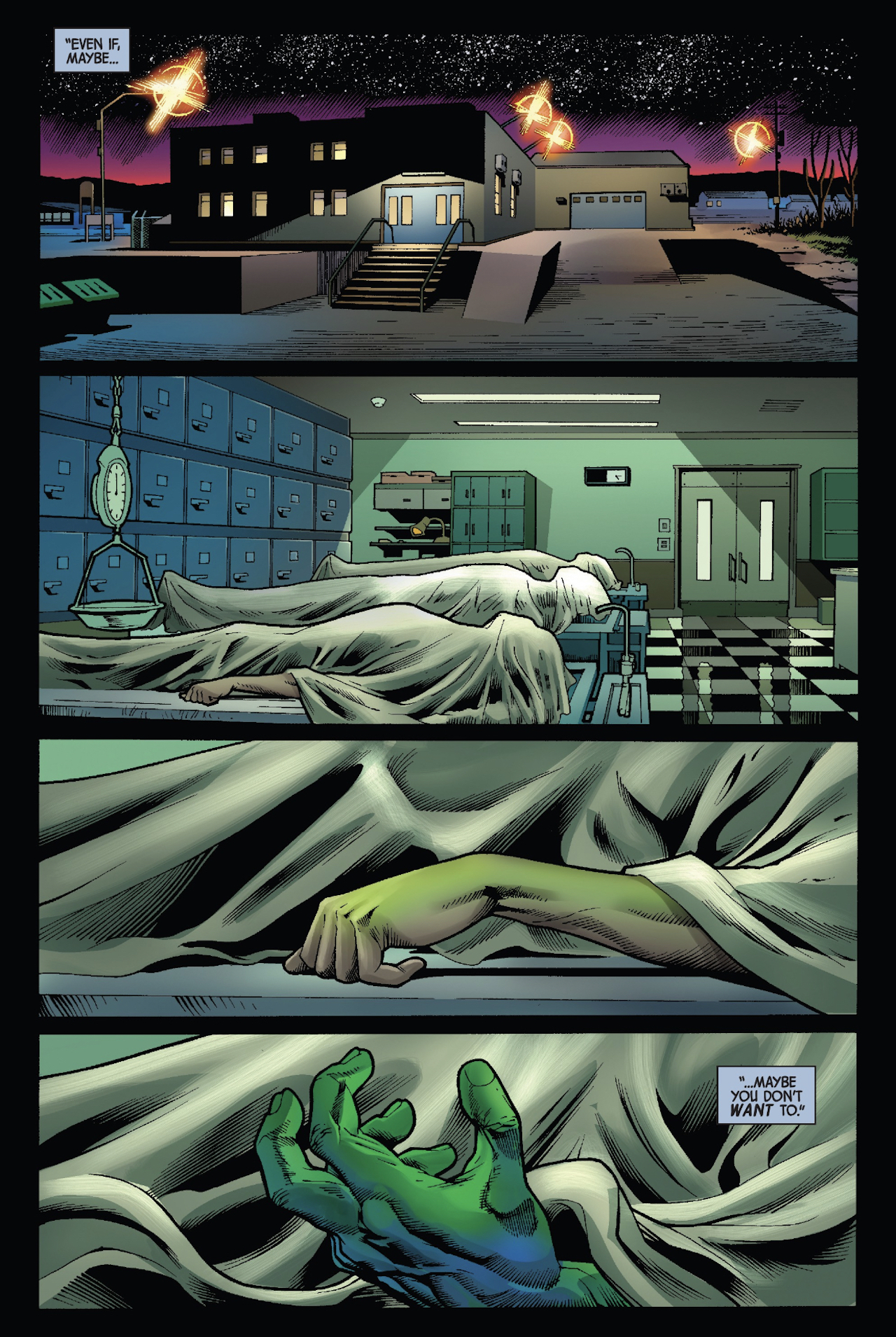
All the way back to poetic sagas of Asgard and the Norse Gods, stories of great and powerful heroes dying and returning have been a part of culture – some examples of which remain important religious ideals to this day. By picking up those historic threads of death and rebirth – with Marvel's own Thor often dying and being reborn through Ragnarok, the classic Norse cycle of resurrection in a direct example of the tradition on the comic book page – Immortal Hulk and X-Men have found a mechanism to bring some weight back to the concept of superheroes dying.
When Marvel relaunched the X-Men line under Hickman's guidance, Hickman wasted no time directly addressing and reexamining the idea of mutants who die and come back to life – fitting, as it was the X-Men's Jean Grey who pioneered the whole idea, leading dozens of mutants to die and return since.
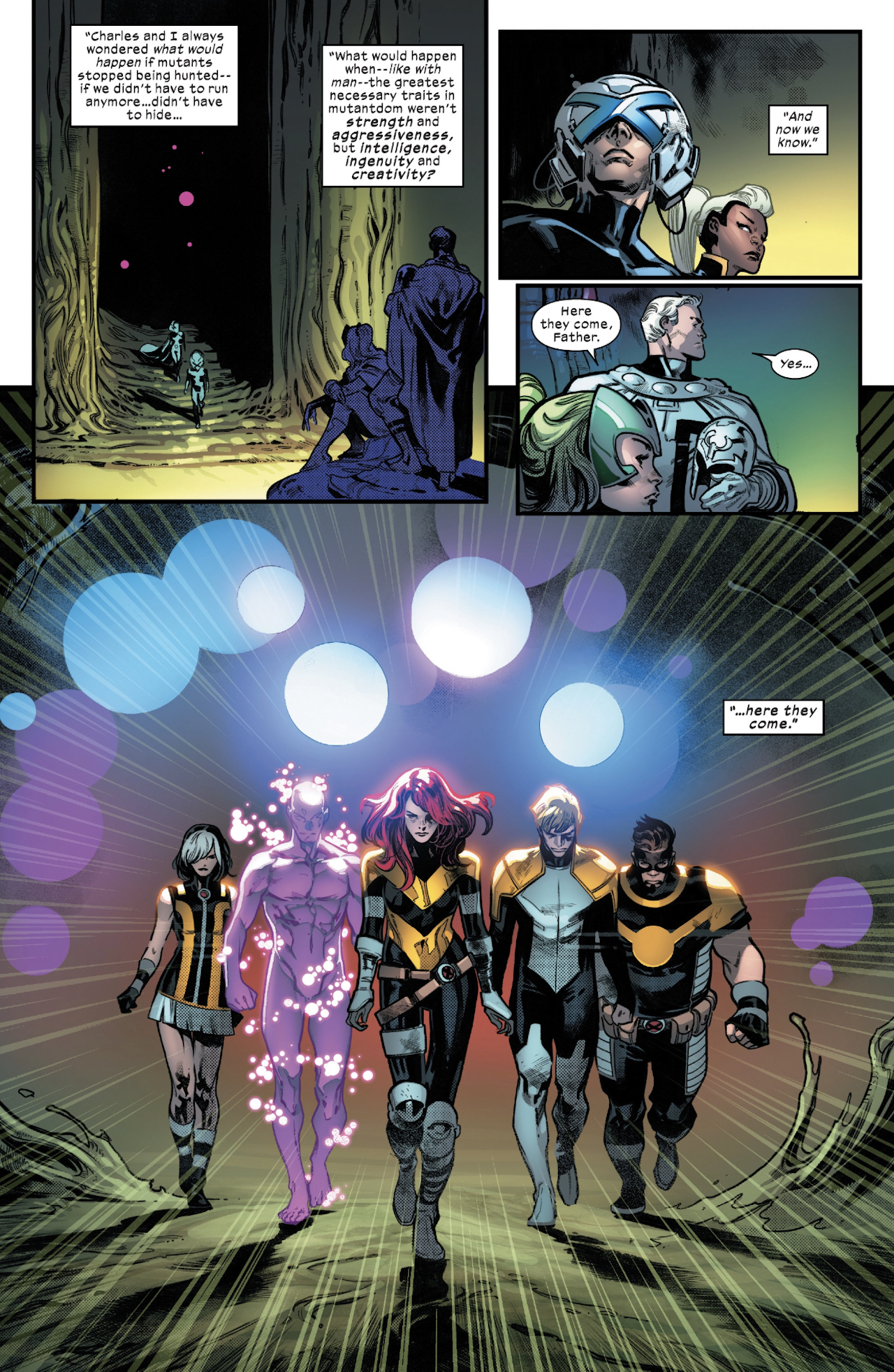
Following a shocking scene in which Cyclops, Wolverine, and other prominent members of the X-Men are killed while raiding an enemy base in House of X (one of the limited series which relaunched the X-Men line alongside Powers of X), Hickman instantly answered the question of when and how the core X-Men would return by establishing the so-called Mutant Resurrection Protocols, in which five mutants with specific powers band together to resurrect any mutant who has died from almost the moment of their death.
Comic deals, prizes and latest news
Get the best comic news, insights, opinions, analysis and more!
Since the start of 'Dawn of X' and the implementation of the Resurrection Protocols, numerous mutants have died and come back, some even more than once – including Professor X himself. But rather than spread the concept of resurrection thinner and thinner, creating an environment in which dead mutants may return to life has invited new tension into the story, calling into question what may happen if or when the Resurrection Protocols are broken and mutants can no longer be brought back.

"You hit the nail on the head - a lot of the weight of comic character death has dissipated," X-Men group editor Jordan D. White told Newsarama recently. "At this point, I think the list of characters who have not died and been brought back can probably be counted on one hand... and I don't even mean that as an exaggeration, as Jonathan literally killed everyone in the universe but one ship's worth of characters in Secret Wars, and the bulk of those have died and returned at other times."
"The Resurrection Protocols are an attempt to battle that very thing, by shaking up and changing the game," he continued. "If a character dies as a part of the normal sequence of events, readers expect they will come back, and now yeah, they will, that's how Krakoan Resurrection works."
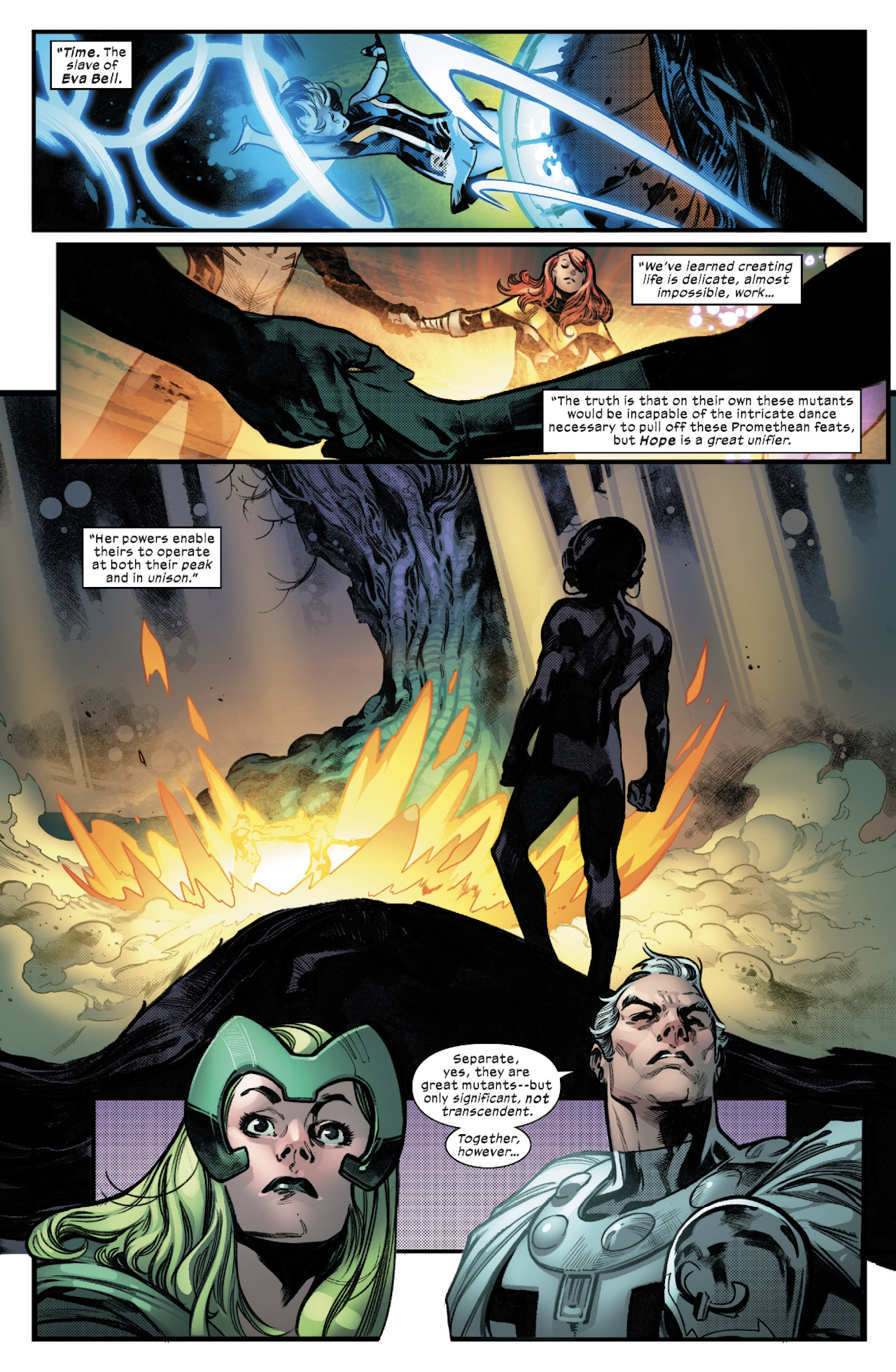
"But we're very early in the life of this idea. There are lots of story possibilities that come from this that bring all new stakes in ways no one is expecting," he concluded, ominously. "And at least one of those will factor into 'X of Swords' in a big way."
While it's easy to speculate what that might look like, the solicitation text for December's X-Factor #5, which comes out after 'X of Swords,' puts the stakes into even starker relief.
"Can resurrection survive? The events of 'X of Swords' have put the resurrection protocols in jeopardy!" it reads. "As the Five deals with the fallout, X-Factor investigates those affected by the tragedy…"
Meanwhile, writer Al Ewing has taken a slightly different approach to the blurring line between life and death in superhero comics, tying the concept of returning from death directly to being a so-called 'Gamma mutate,' someone whose body has been empowered or physically altered by exposure to Gamma radiation.
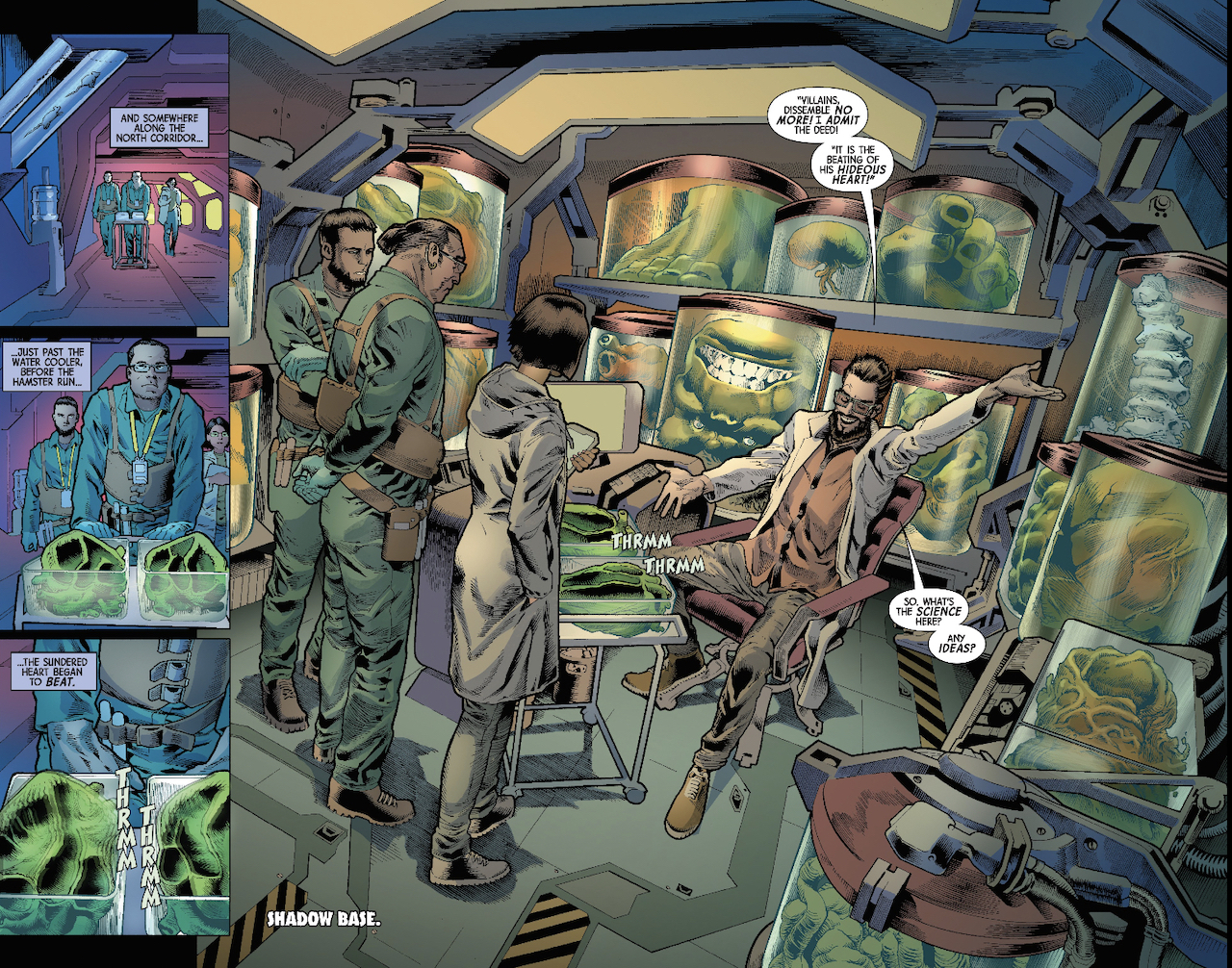
For Gamma mutates, death is temporary – no matter how gravely or completely their physical body is injured or destroyed. But to return to life requires a trip beyond the Green Door, where a demonic entity known as the One Below All awaits. In this way, Immortal Hulk turns a character's death into just one component of a horrific psychological ordeal.
Nearly every Gamma character from Hulk – who is literally cut into pieces and dissected, only to come back to life as a set of disconnected body parts nightmarishly pulling themselves together – to his enemy Absorbing Man, whose body survives far too long after being gruesomely split in half, has experienced death and rebirth in the pages of Immortal Hulk, and often, the lesson seems to be that there are fates much worse than death, and Hulk can endure even those.
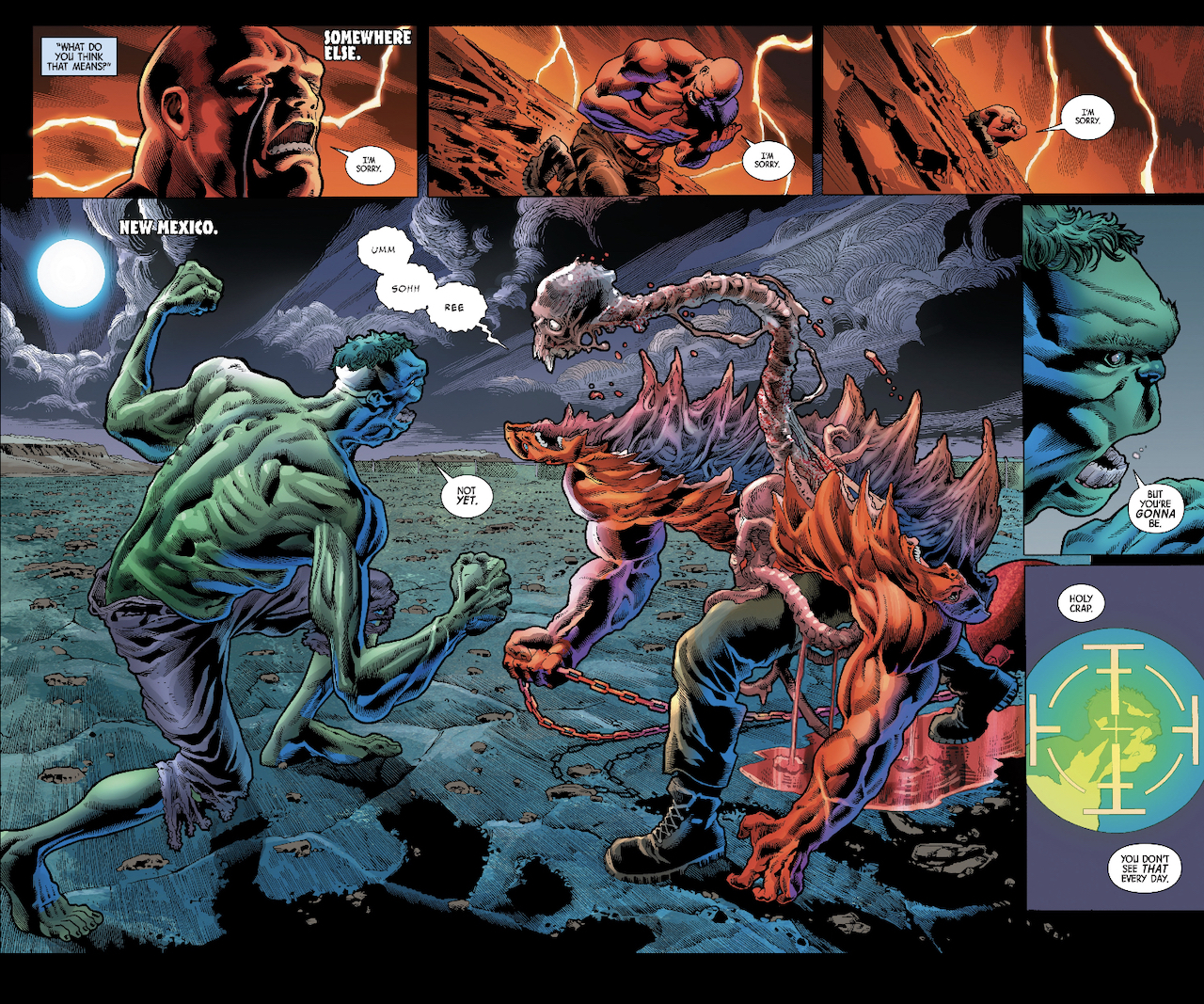
"In Immortal Hulk, death is just a mechanism. We've effectively put it on the shelf, in the same way Bruce himself was put on the shelf for a while in Civil War II," Ewing told Newsarama recently, recalling Bruce Banner's first death, which led directly to his resurrection at the start of Immortal Hulk. "I'll maintain that letting characters lay fallow for a while is a good use of them in a shared universe, and I feel incredibly lucky to have been able to take advantage of a character returning from the shelf and the unique story momentum that creates."
"But I think using comic book deaths purely for shock value is, and should be, over. Like I said - it should lay fallow for a while," he concludes.
Interestingly, in the tradition of classic horror/sci-fi like The Twilight Zone, it's often the shock value of the particularly traumatic, horror movie style deaths that sells the story of Immortal Hulk – not shock value in terms of a cheap story twist, but shock value in terms of actual terror instilled in readers.
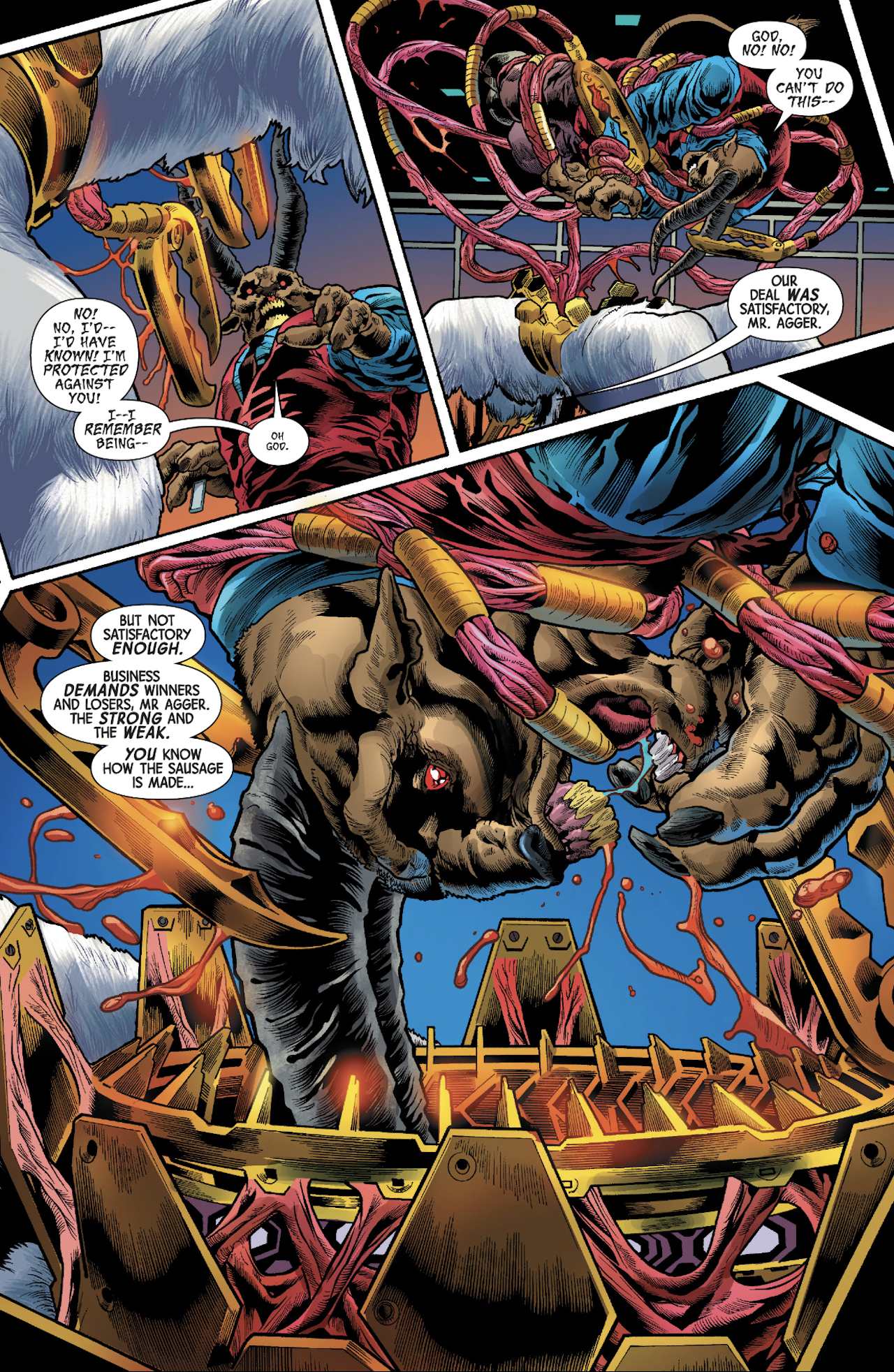
One of the book's most impactful moments comes at the end of Hulk's battle with Xemnu the Titan and his evil industrialist/minotaur ally Dario Agger. After clashing with Xemnu, Agger is put through the monstrous alien's assimilation machine, mangling and mutilating him beyond recognition – with no Gamma power to reassemble his body after the mercy of death.
Recently, it was revealed the Hulk's old arch-enemy the Leader had mastered the power of the Green Door, using his powers to inhabit the bodies of Rick Jones and Gamma villain Del Frye – as well as, apparently, the Hulk's Green Scar persona.
The solicitation for December's Immortal Hulk #41 states "All the Leader's plans have finally come together in what may be his greatest triumph," implying that his mastery of the green door would come home to roost in an even more drastic way than has already been seen on the page.

By embracing the concept of death and resurrection as a consequence of superhero stories, in the tradition of classic mythological ideals, titles such as Immortal Hulk and the 'Dawn of X' X-Men line have surpassed the hurdle of expecting a story beat that has become predictable and commonplace to have an outsized impact, and opened the door to bigger implications and more complicated consequences for the heroes at the heart of the titles.
"I think sections of the audience have become a little too meta-fictionally aware to take a comic-book death seriously, but the answer to that is to accept that and work with it," Ewing stated.
"At the very least, I treat death as the ultimate form of the 'how is X going to get out of this?' game, which is always fun - at best, it's a doorway into a completely different question."
'Dark Phoenix Saga' opened the floodgates for superhero death - but it's not the only seminal X-Men story. Here's Newsarama's list of the best X-Men stories ever.
I've been Newsarama's resident Marvel Comics expert and general comic book historian since 2011. I've also been the on-site reporter at most major comic conventions such as Comic-Con International: San Diego, New York Comic Con, and C2E2. Outside of comic journalism, I am the artist of many weird pictures, and the guitarist of many heavy riffs. (They/Them)
